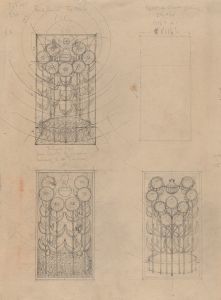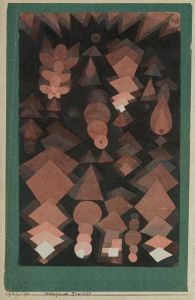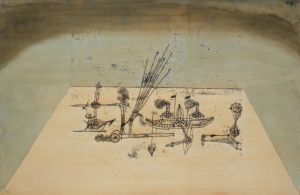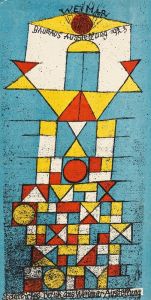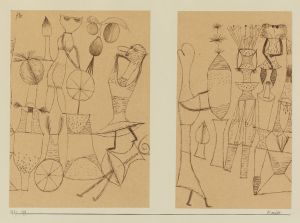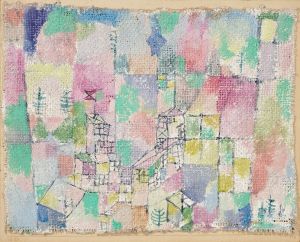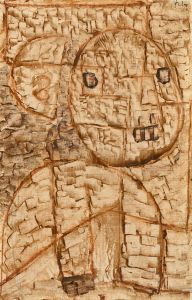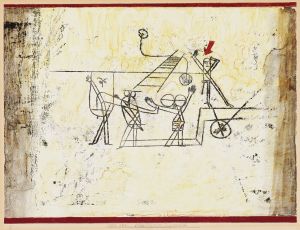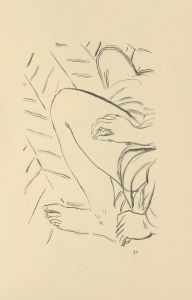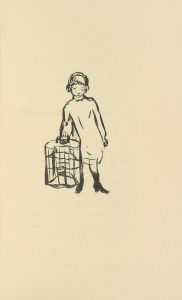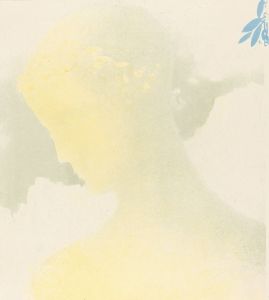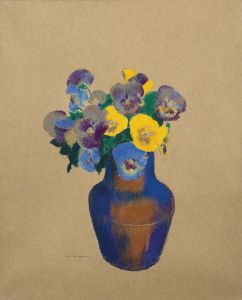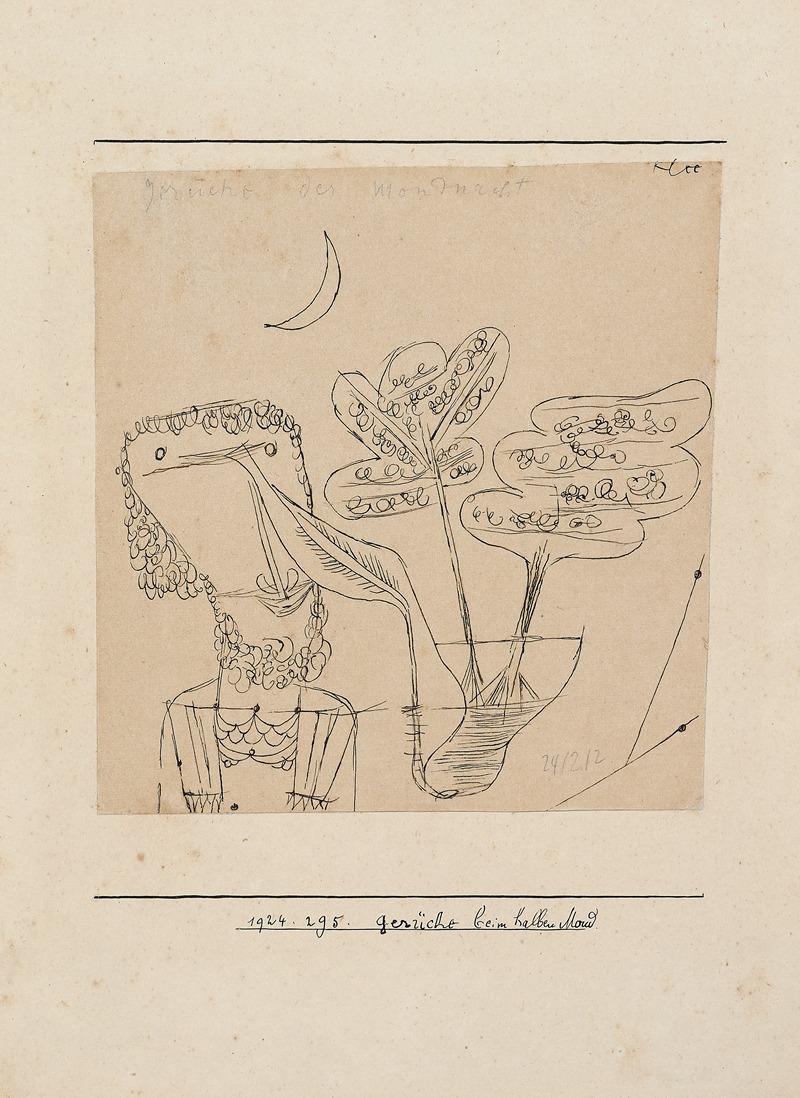
Gerüche beim halben Mond
A hand-painted replica of Paul Klee’s masterpiece Gerüche beim halben Mond, meticulously crafted by professional artists to capture the true essence of the original. Each piece is created with museum-quality canvas and rare mineral pigments, carefully painted by experienced artists with delicate brushstrokes and rich, layered colors to perfectly recreate the texture of the original artwork. Unlike machine-printed reproductions, this hand-painted version brings the painting to life, infused with the artist’s emotions and skill in every stroke. Whether for personal collection or home decoration, it instantly elevates the artistic atmosphere of any space.
Paul Klee was a Swiss-born artist whose work is associated with various movements, including Expressionism, Cubism, and Surrealism. He is known for his highly individual style, which was influenced by movements in art that included Expressionism, Cubism, and Surrealism. Klee's work often features a unique use of color and a whimsical, child-like quality. His paintings are known for their inventive compositions and the use of symbols and abstract forms.
"Gerüche beim halben Mond" (translated as "Odors at Half Moon") is one of Klee's lesser-known works. Unfortunately, there is limited information available about this specific painting. Klee's oeuvre is extensive, with over 9,000 works, and not all of them have been extensively documented or studied in the same detail as his more famous pieces.
Klee's work often explores themes of music, nature, and the subconscious. He had a deep interest in the theory of color and often used color to convey emotion and meaning in his paintings. His works are characterized by a playful yet profound exploration of form and color, often incorporating elements of fantasy and dreams.
Klee was a member of the Bauhaus school, where he taught from 1921 to 1931. His teaching and theoretical writings have had a significant influence on modern art. His ideas about the relationship between color and form have been particularly influential.
While specific details about "Gerüche beim halben Mond" are scarce, it can be assumed that, like many of Klee's works, it likely features abstract forms and a unique use of color. Klee often used titles to provide a poetic or whimsical context for his paintings, suggesting a narrative or emotional theme.
Klee's work is held in numerous public and private collections worldwide, and he is considered one of the most important artists of the 20th century. His influence extends beyond painting to include music, literature, and other forms of visual art.
For those interested in exploring Klee's work further, it may be helpful to visit museums that hold significant collections of his art, such as the Zentrum Paul Klee in Bern, Switzerland, or to consult comprehensive catalogs of his work. These resources can provide greater insight into the themes and techniques that characterize Klee's art.
In summary, while specific information about "Gerüche beim halben Mond" is limited, Paul Klee's overall body of work is celebrated for its innovative use of color, form, and symbolism. His contributions to modern art continue to be studied and appreciated for their depth and creativity.





